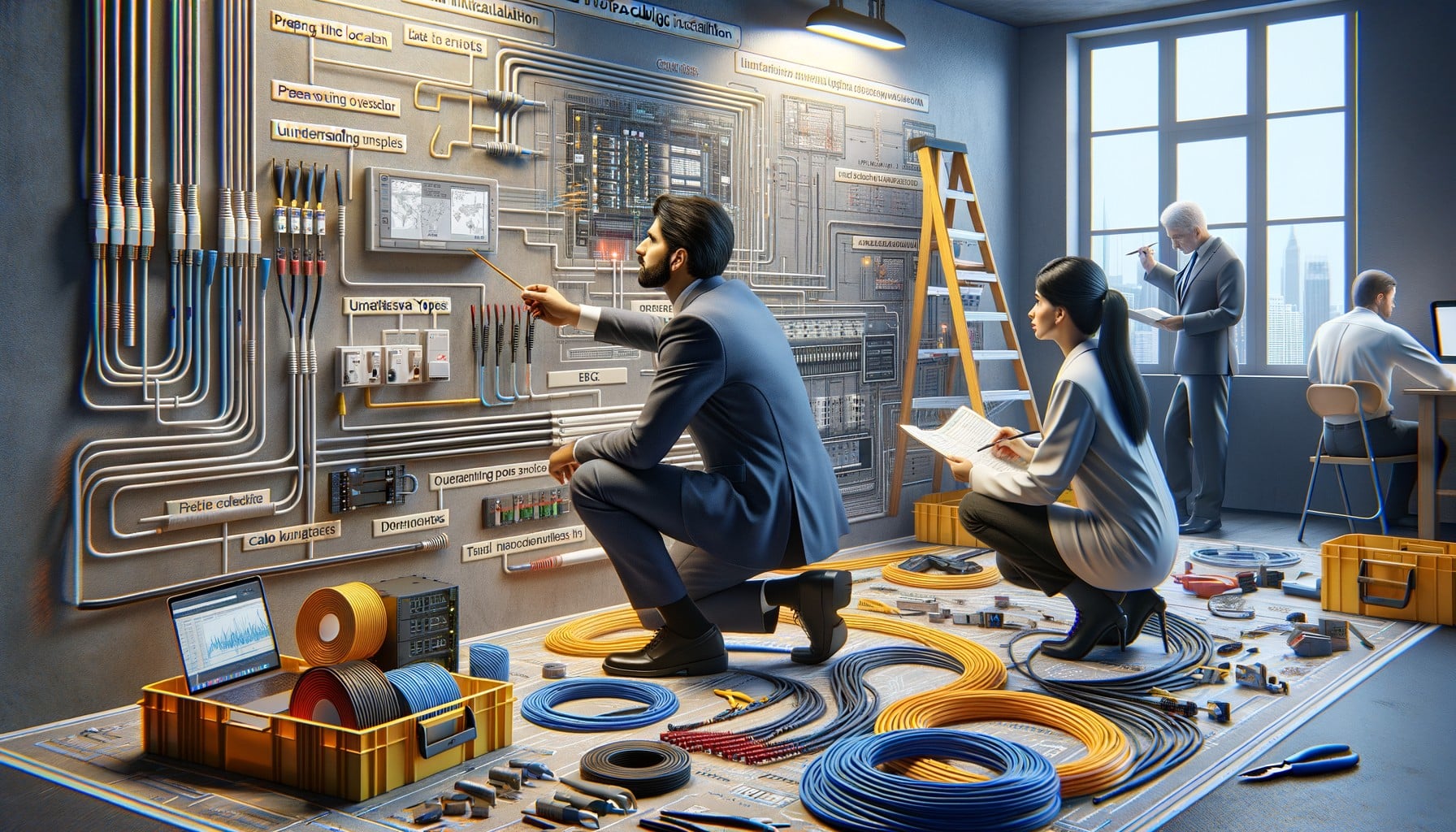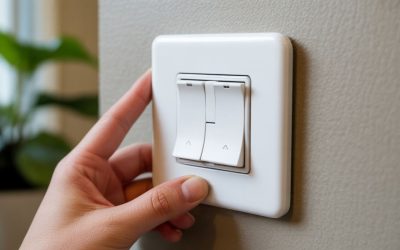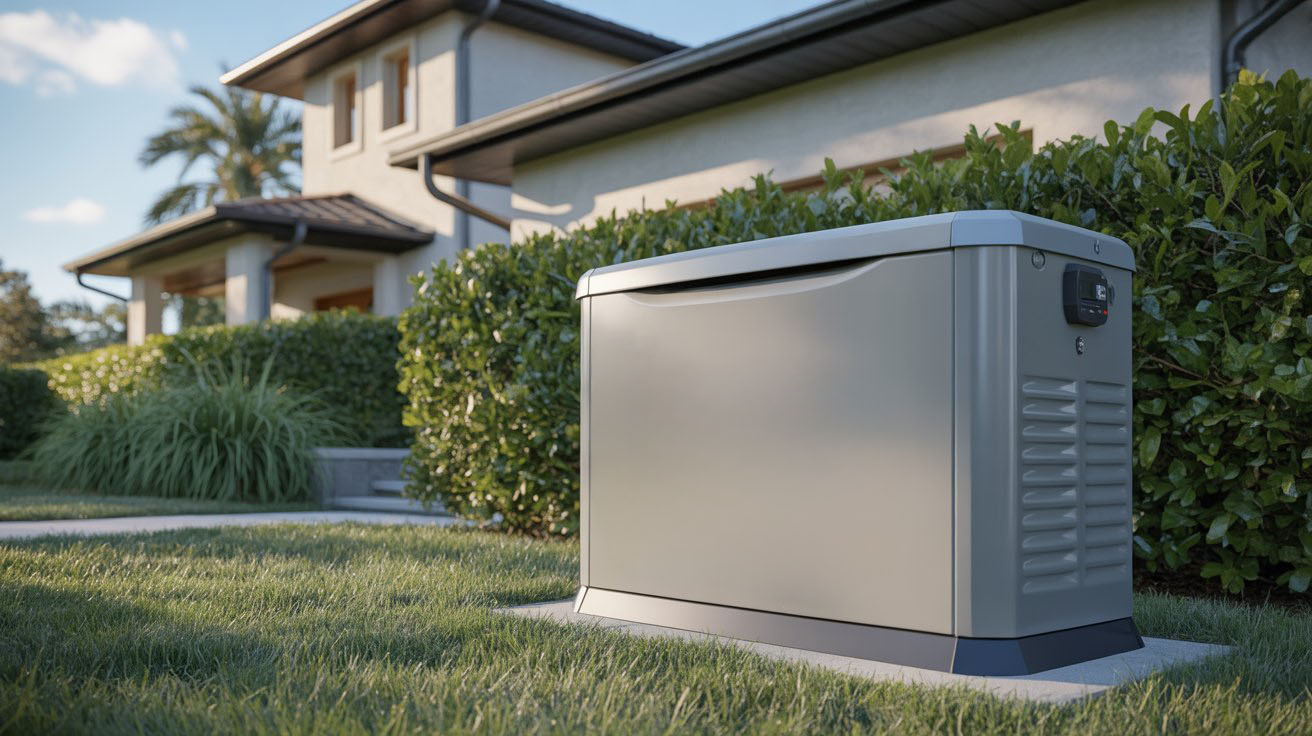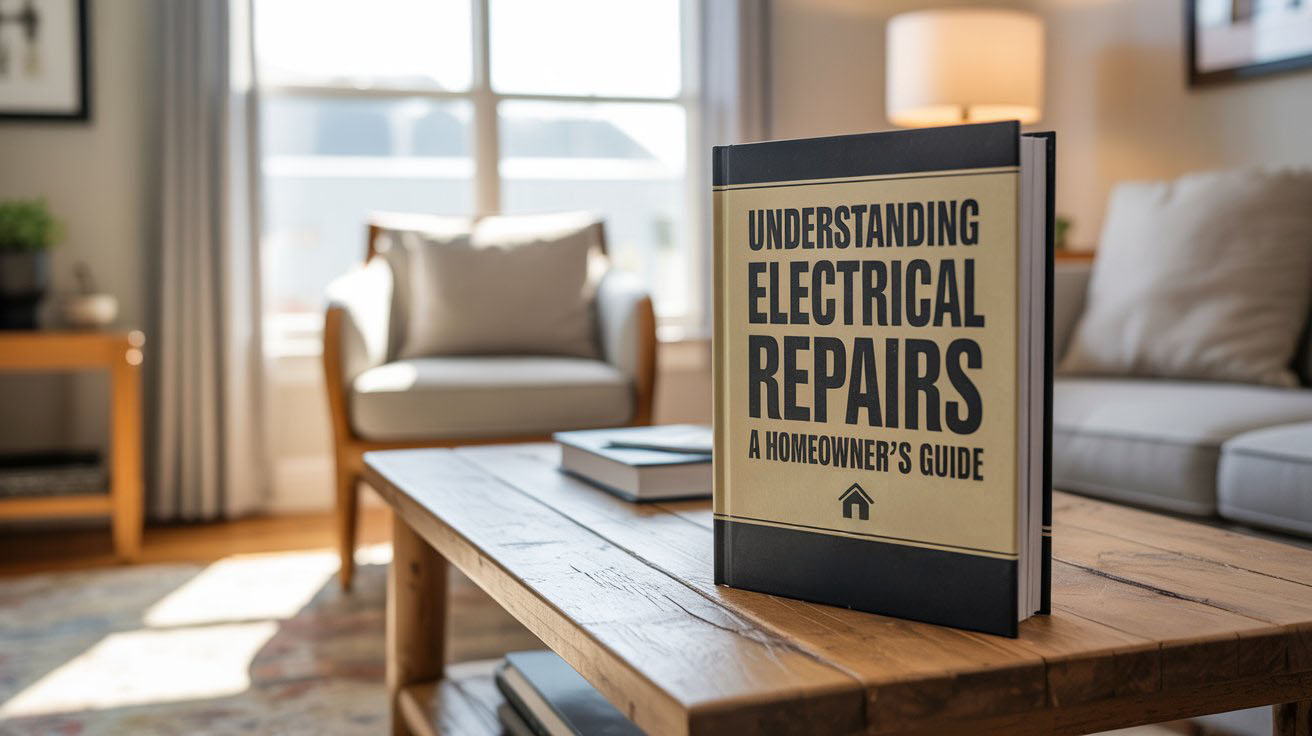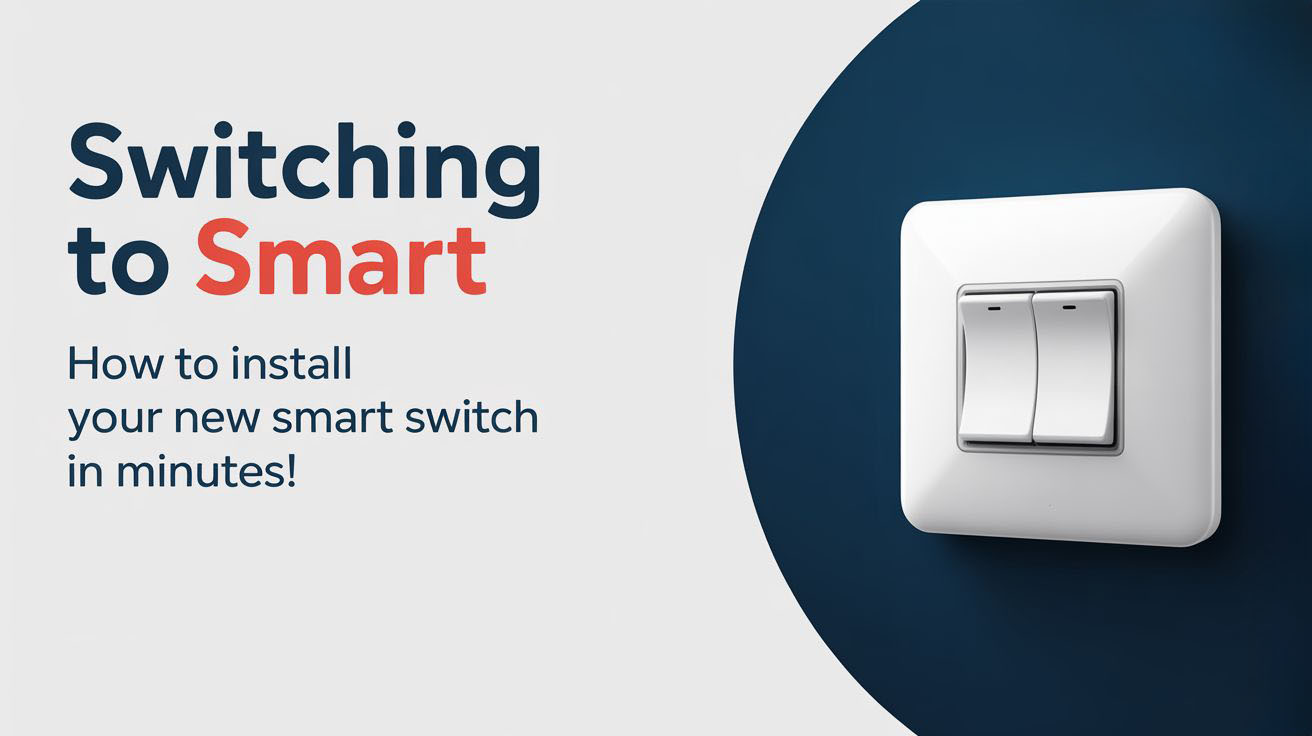Data cabling is an essential component of our digital connectivity, serving as the backbone of reliable communication in both homes and offices. Understanding the installation process is crucial, as it empowers you to create a dependable network that meets all your connectivity needs. Properly installed cabling not only enhances the performance of your devices but also ensures a seamless internet experience.
Table of Contents
- Why Data Cabling is Important
- Types of Data Cabling
- Data Cabling Installation Process
- Choosing the Right Electrician
- Key Takeaways
- FAQ
Why Data Cabling is Important
Data cabling provides the backbone for modern communication. It connects devices like computers, printers, and servers to a network. Reliable data cabling enhances speed and minimizes downtime.
Without proper cabling, you may experience slow internet or connection issues that could disrupt business or daily life. Investing in quality data cabling can lead to increased productivity and a better user experience.
Types of Data Cabling
There are several types of data cabling commonly used in homes and businesses. Understanding these options is essential when planning your installation.
- Cat5e: This is a standard option for many networks. It supports speeds up to 1 Gbps and is suitable for basic internet use.
- Cat6: Ideal for high-speed connections, Cat6 supports up to 10 Gbps over short distances. It performs better in reducing interference.
- Fiber Optic: This is the fastest option available. Fiber optic cables can transmit data over long distances without loss of speed and are less susceptible to interference.
Choosing the correct type of cabling depends on your specific needs and budget.
Data Cabling Installation Process
Installing data cabling involves specific steps to ensure the network operates efficiently.
- Planning: Before installation, create a blueprint of the cable routes. This planning phase helps avoid future complications and ensures optimal performance.
- Selecting Materials: Use high-quality cables and connectors that match your requirements. Cheaper materials can lead to issues down the line.
- Running Cables: Technicians will run cables through walls, ceilings, or floors. Proper cable management is crucial for maintaining a clean appearance and preventing damage.
- Connecting Equipment: This step involves connecting cables to network devices and wall plates. Proper connections ensure a stable network.
- Testing and Validation: After installation, testing will confirm proper connectivity. Technicians check for speed and potential interference issues.
This structured approach minimizes problems and leads to a successful installation.
Choosing the Right Electrician
Selecting a skilled electrician for your data cabling project is vital. It’s essential to look for:
- Experience: Look for electricians who have expertise in data cabling.
- Certifications: Ensure they have the necessary licenses and certifications.
- Customer Reviews: Check online reviews or ask for references to gauge past performance.
- Communication Skills: A good electrician should be able to explain the process and answer any questions you may have.
Taking the time to choose the right professional will help ensure a smooth installation.
Key Takeaways
– Data cabling is essential for reliable connectivity.
– Various types of cables (Cat5e, Cat6, Fiber Optic) serve different needs.
– The installation process involves careful planning and execution.
– Selecting a qualified electrician is critical for a successful installation.
FAQ
What is data cabling?
Data cabling connects devices to a network, allowing communication between them.
How long does data cabling installation take?
Installation time can vary, but it typically takes a few hours to a full day, depending on the project’s size.
Can I install data cabling myself?
While DIY can save money, hiring an electrician ensures proper installation and reduces potential future issues.
What factors affect data cabling speed?
Cable type, length, and the quality of connections all influence data transfer speeds.
How often should I replace data cabling?
Cables should be replaced if they show signs of wear or if you’re upgrading your network for higher speeds.
Schedule Your Electrical Service Today
Getting your data cabling installed correctly is essential for dependable connectivity. Ensure your home or office has optimal network performance. For more information or to schedule your service, contact us today.

